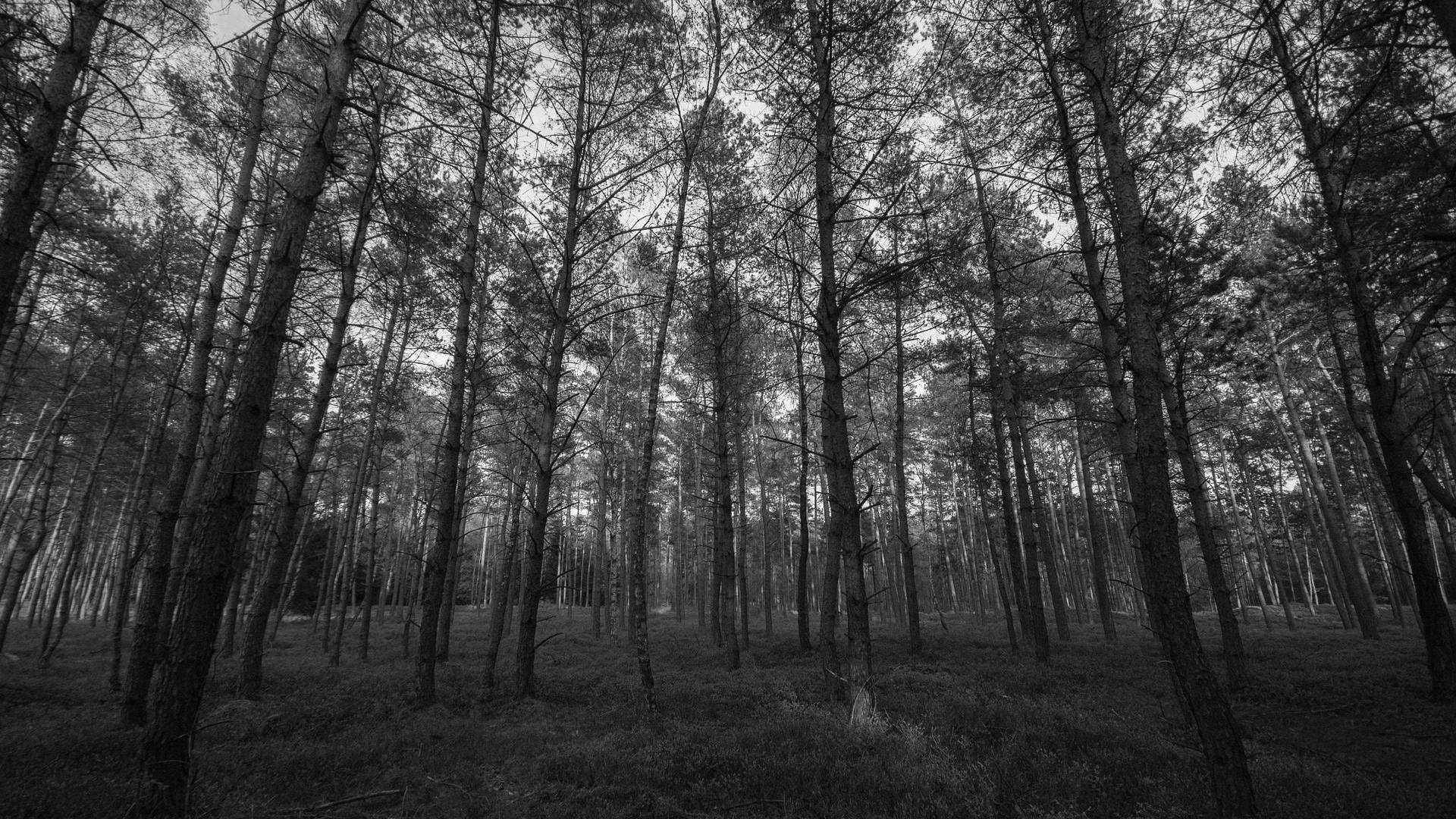Some thoughts on the need for greater intersectional analysis of Dungeons and Dragons
Within the constructed realities within tabletop roleplaying games, there is an expectation that exterior politics play no role in the construction of shared fictional spaces. Often, online comments will decry corporations, articles, or any sort of media ‘making it political’. Such behaviour is so pervasive that memes have spawned to mock this behaviour. However, little attention is given to the historical foundation of the most popular tabletop roleplaying game, particularly the biological determinist orientation of Gary Gygax (Gygax, 2005, p. 3, post 12) in the construction of Dungeons and Dragons. These beliefs are, despite Gary Gygax’s exit from writing for Dungeons and Dragons in 1985 and passing in 2008, still seen in the most basic actions in Dungeons and Dragons: Character creation.
Looking at my copy of the 5th Edition player’s Handbook (Wyatt et al., 2014), I can see, just using basic math, that certain character options are objectively better for certain “builds”. Character “race” is an integral decision that directly impacts the attributes of the character. In this instance, the fictional setting of Faerun (the default setting for 5th edition dungeons and dragons) is a setting in which Race (note that this is the word used) (Wyatt et al., 2014) is a determining factor for how well a character will perform their role. This is something that can be objectively measured by weighing the bonus certain “races” give compared to the class a person wishes to play (Tiermaker, 2024).
The classes likewise reinforce orientalist perspectives: with the Monk class coded as an orientalist depiction of martial monks, the Barbarian class incorporating eurocentric notions of “primal” and “savage” cultures, and the Fighter class (often considered the “default” or “safe” class for new players) being depicted as a fictionalized european knight (Wyatt et al., 2014). More analogous to professions rather than socio-economic class, these classes can be directly ranked in effectiveness based upon bonuses, equipment, starting wealth, etc. The most direct example of this being, to only discuss the player’s handbook, that the Ranger class is often considered objectively the worst pick whereas the Rogue or Bard being considered some of the best (Lucero, 2023).
Actually analogous to socio-economic class, backgrounds likewise are explicit determining factors in the ability of a character (Bains, 2024). Backgrounds, like the other options discussed, can likewise be objectively ranked based upon the bonuses, features, and equipment these backgrounds provide. Backgrounds like the Outlander are often recommended only to fill gaps of missing roles in a party, where other backgrounds like Noble are almost always recommended to include in a party (Bains, 2024).
The combination of these features show not only that the player options for Dungeons and Dragons 5th Edition are highly rooted in determinism, but also that the options within the basic player’s handbook (considering Rules as Written) highly skew towards the recreation of eurocentric characters, with the Human Variant, Fighter, Noble combination being one of the strongest builds within the basic rules. Further intersectional analysis of this effect on player agency in character creation could yield interesting results, and would certainly benefit collaborative storytelling processes within Tabletop Roleplaying communities.
Sources:
Bains, C. (2024, January 16). Best DnD backgrounds 5e 2024. Wargamer. Retrieved January 26, 2024, from https://www.wargamer.com/dnd/backgrounds-5e
Gygax, G. (2005, July 13). Q&A With Gary Gygax, Part III – Page 3. Dragonsfoot. Retrieved January 26, 2024, from https://www.dragonsfoot.org/forums/viewtopic.php?t=12147&start=60
Lucero, S. (2023, January 22). [2023] 5e Class Tier List: Who Moved Up, Who Dropped. Black Citadel RPG. Retrieved January 26, 2024, from https://blackcitadelrpg.com/class-tier-list-5e/
Tiermaker. (2024, January 18). D&D 5e Races Tier List (Community Rankings). TierMaker. Retrieved January 26, 2024, from https://tiermaker.com/categories/board-games/dandd-5e-races-72627
Wyatt, J., Schwalb, R. J., Cordell, B. R., & Dungeons & Dragons. (2014). Player’s Handbook (Dungeons & Dragons). Wizards of the Coast Publishing.
